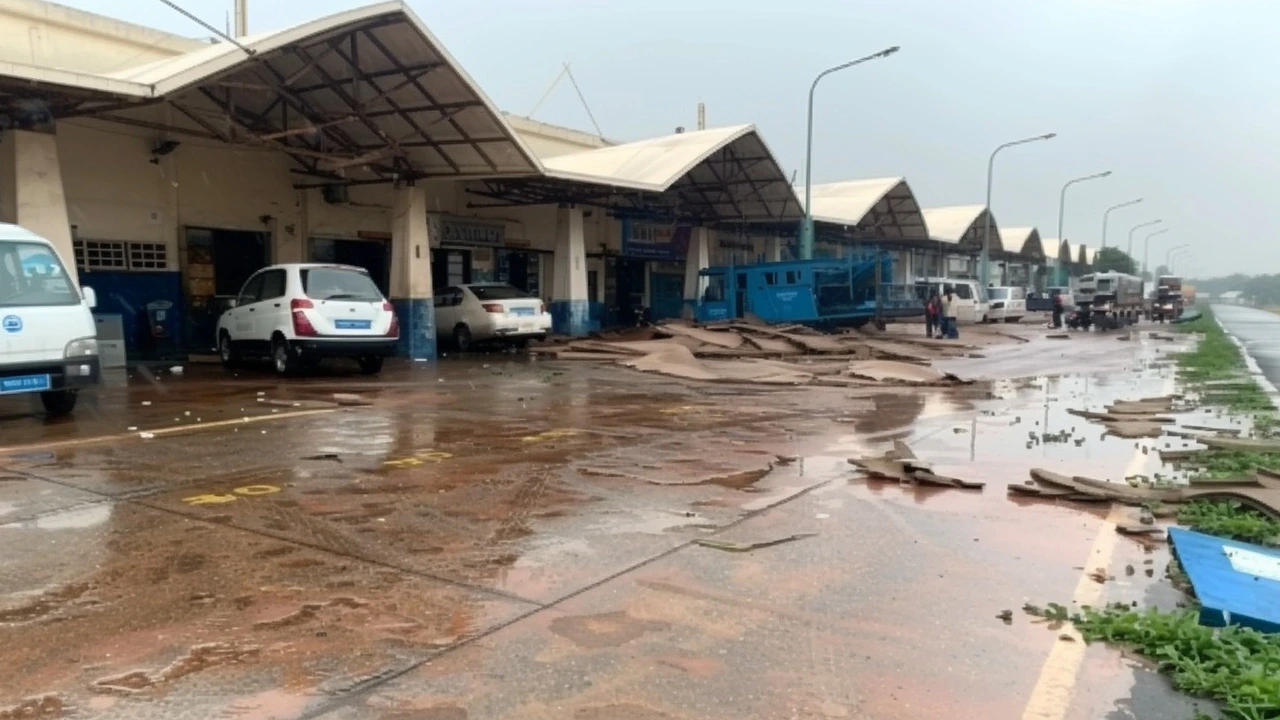Canopy Collapse – Latest News & Practical Tips
If you work or study near forests in South Africa, you’ve probably heard the term “canopy collapse.” It’s when a group of tree branches suddenly falls, often after heavy rain or disease. The result can be dangerous for anyone walking below and costly for landowners. This page pulls together what’s happening now, how to protect yourself, and where you can find internships that deal with these issues.
What is canopy collapse?
In simple words, a canopy collapse happens when the upper layer of a forest – the leaves, branches, and sometimes whole trees – gives way and drops to the ground. It’s usually triggered by three things: excessive moisture that weakens roots, pests or fungi that eat wood, and wind stress on already weakened limbs. When any one of those factors hits hard, the support system fails and the canopy comes down.
Recent reports from KwaZulu‑Natal and the Eastern Cape show a spike in incidents after the last cyclone season. Local authorities logged over 30 separate events in just two months, many near popular hiking trails. The damage isn’t only physical; it can halt tourism, disrupt wildlife habitats, and raise insurance costs for nearby farms.
How to stay safe and get involved
The quickest way to protect yourself is to watch the sky and the trees. Look for dark staining on bark – a sign of fungal infection – and notice any branches that hang at odd angles. If you see these warning signs, avoid standing directly underneath until officials clear the area.
Many NGOs and municipal bodies run short courses on forest health monitoring. These are perfect if you’re studying environmental science or forestry and want hands‑on experience. For example, the Gauteng Forestry Internship offers a three‑month placement where interns help map vulnerable canopy zones using drones.
If you prefer a more academic route, check out university research projects that focus on tree biomechanics. They often need field assistants to collect data after storm events. The University of Pretoria’s “Tree Stability Lab” posted several openings for summer interns in March.
Finally, keep an eye on our tag feed. Whenever a new canopy collapse story breaks – whether it’s a local park closure or a national policy update – we’ll add the article right here. That way you can stay informed without hunting through multiple sites.
Bottom line: canopy collapse isn’t just a headline; it’s a real safety issue that also creates learning opportunities. By spotting early signs, following official guidance, and diving into related internships, you turn a potential hazard into a stepping stone for your career in environmental work.
A canopy at the Rajkot airport in Gujarat collapsed during heavy rains, marking the third such incident at Indian airports in two days. This has raised significant concern over airport safety and infrastructure integrity across the country.
